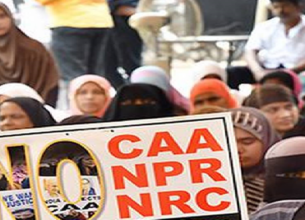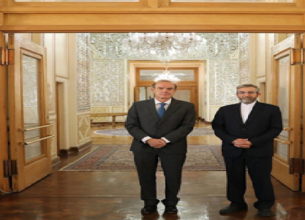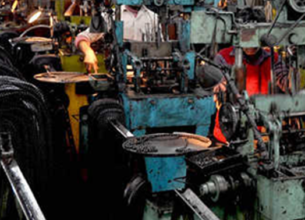US TREASURY LABELS CHINA A ‘CURRENCY MANIPULATOR’
06, Aug 2019

Prelims level : Economics- International Economics
Mains level : GS-II- Effect of policies and politics of developed and developing countries on India’s interests, Indian diaspora.
Context:
- The Trump administration formally labeled China a currency manipulator, further escalating its trade war with Beijing after the country’s central bank allowed the yuan to fall in retaliation for new US tariffs.
Background:
- It’s the first time that the US labeled a country a manipulator since the 1990s, when China was also the target.While Trump promised to declare China a currency manipulator during his presidential campaign in 2016, Treasury had so far declined to take the step.
What Is Currency Manipulation and Who Determines It?
- Currency manipulation refers to actions taken by governments to change the value of their currencies relative to other currencies in order to bring about some desirable objective.
- The typical claim – often doubtful – is that countries manipulate their currencies in order to make their exports effectively cheaper on the world market and in turn make imports more expensive.
- The US Department of the Treasury publishes a semi-annual report in which the developments in global economic and exchange rate policies are reviewed.
- If a US trade partner meets three assessment criteria, the US labels it a currency manipulator.
- The US then tries to solve it via bilateral talks.
How Are Countries Identified for The Currency Manipulation List?
- The US Treasury has established thresholds for the three criteria.
- First, a significant bilateral trade surplus with the US is one that is at least $20 billion;
- Second, a material current account surplus is one that is at least 3% of GDP; and
- Third, persistent, one-sided intervention reflected in repeated net purchases of foreign currency and total at least 2% of an economy’s GDP over a year.
- The Treasury’s goal is to focus attention on those nations whose bilateral trade is most significant to the US economy and whose policies are the most material for the global economy.
What is the impact of US treasury labels China a ‘currency manipulator’
- While the Treasury Department’s determination is largely symbolic
- The potential penalties are less punitive than the steps Trump has already taken against China.
- It underscores how rapidly the relationship between the world’s two largest economies is deteriorating.
- Under the designation, Treasury Secretary Steven Mnuchin “will engage with the International Monetary Fund to eliminate the unfair competitive advantage created by China’s latest actions,
- If there is no progress a year after the designation, China could face possible sanctions including its firms being prohibited from competition for US government contracts and excluded from getting financing from an American government agency for development projects.
China’s Stand:
- The US’s manipulator announcement followed a declaration by China’s central bank chief, Yi Gang, that his nation wouldn’t use the yuan as a tool to deal with trade disputes.
Why US did this Now:
- The Trump administration in May moved to let US-based companies seek tariffs on products from countries found by Treasury to be engaging in competitive devaluation of their currencies.
Assessment Criteria Used By US:
- The US Treasury has established thresholds for the three criteria.
- First, a significant bilateral trade surplus with the US is one that is at least $20 billion;
- Second, a material current account surplus is one that is at least 3% of GDP; and
- Third, persistent, one-sided intervention reflected in repeated net purchases of foreign currency and total at least 2% of an economy’s GDP over a year.
- The Treasury’s goal is to focus attention on those nations whose bilateral trade is most significant to the US economy and whose policies are the most material for the global economy.














